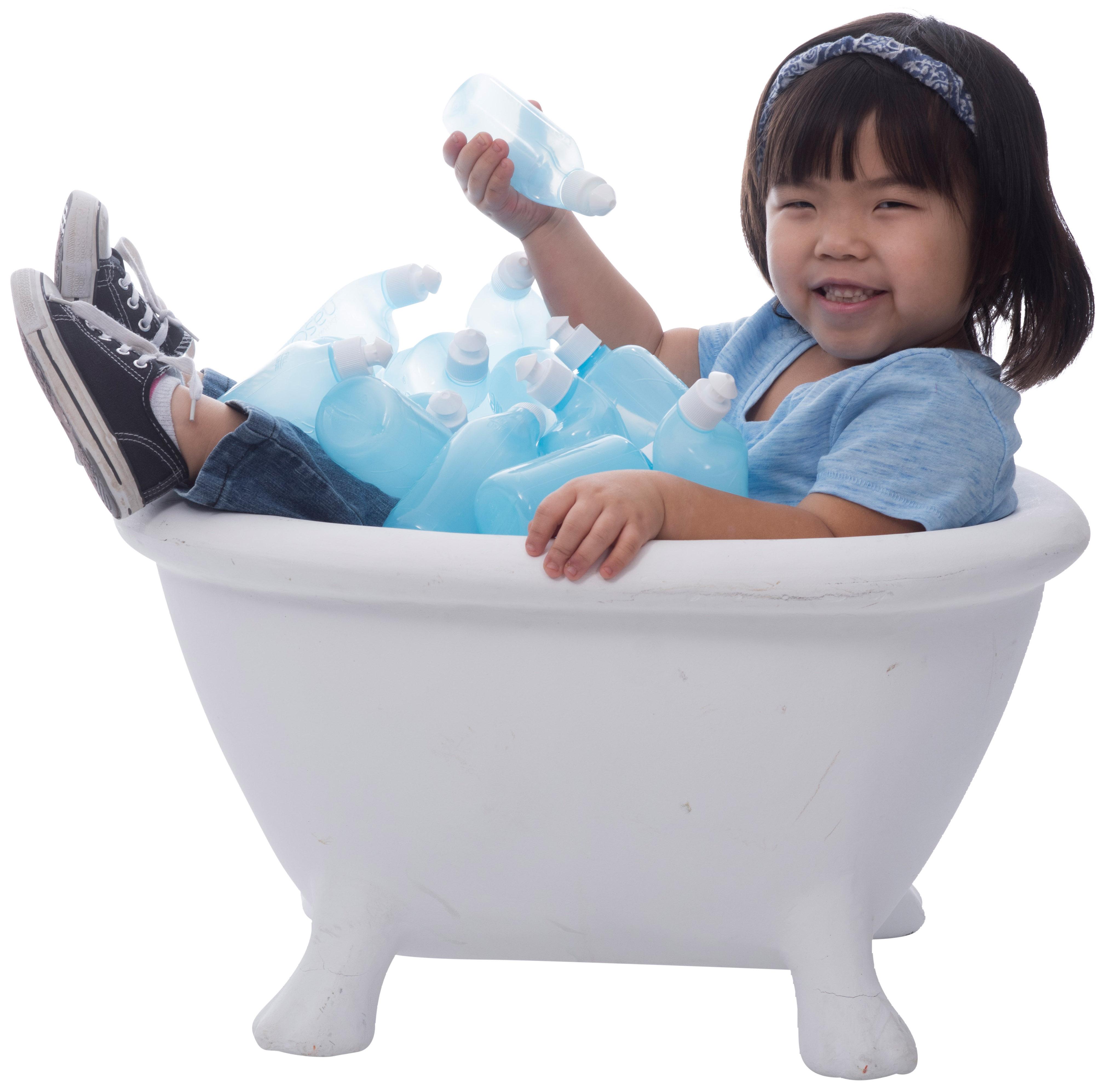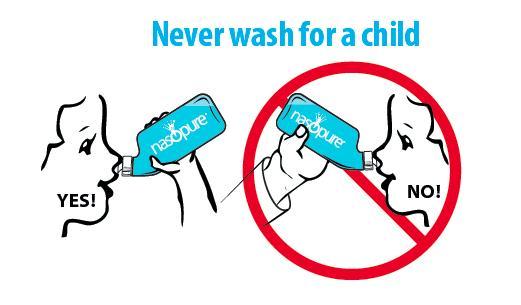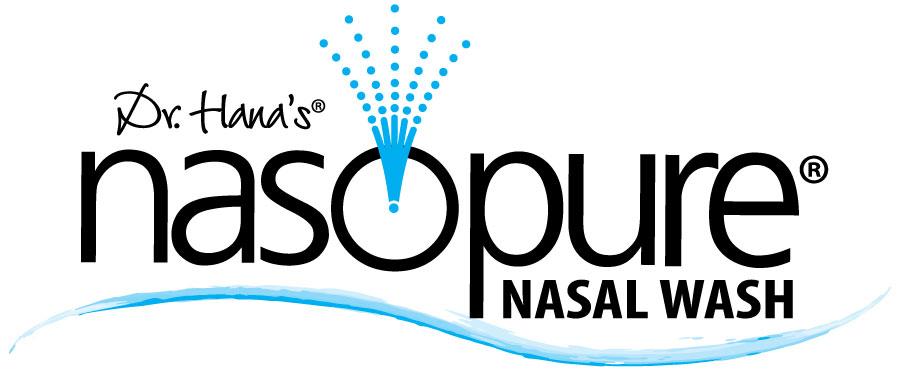Please read full instructions before use!
The health benefits to regular nasal irrigation for children can be numerous and as long as you keep that nose consistently clean, their allergies, infections and discomfort will be minimal. Unlike children’s nasal spray or the neti pot for children, nasal irrigation for your child is as comfortable as it is effective. However, it might be a bit of an undertaking to teach them how to wash their nose since It can be difficult to get toddlers to do anything they think is suspect. But coming from a mother that has endured the same challenge I can tell you that the effort is absolutely worth it.

Steps to Successful Children’s Nasal Irrigation Ages 2-3 Years Old
- Begin by feeling comfortable using your own nasal wash, so that your child will see and feel your comfort level.
- Next, allow plenty of bathtub play involving the nasal wash bottle allowing your child to get comfortable holding and squirting the bottle.
- The little squirt nasopure bottle is structured much differently than a children’s nasal spray or neti pot and the shape allows you to use it as a fun ‘squirty’ game for you and your child. Suggest, Let’s wash her tummy – squirt! Let’s wash her ears – squirt! Let’s wash her knees – squirt! Let’s wash her nose – squirt! Make this game a nightly routine.
- Once comfortable, slowly and gently add your child’s face parts to your squirty games as you continue to squirt the cheeks, lips, outer nose don’t forget to giggle and laugh with your child, and be sure to avoid the eyes. Be very matter of fact and make it a natural part of the game. Say ‘This is fun!’ Do not say, ‘See, that doesn’t hurt.’
- After your child is comfortable having water in her face, she may want to wipe it off with a wash cloth each time she is squirted, and that’s okay too. It is time to start washing the inside of her nose. Begin with a mild saline solution and a full bottle of warm water. The solution temperature should be the same as the bath water temperature. Keep playing the same games – squirt the baby doll, squirt your child’s belly button, ears, etc. Then say, ‘Let’s wash inside your nose a little, too,’? and ask her to place the tip near her nose and squeeze. She may need a bit of guidance with your hand to make sure the bottle is held correctly but allow her to have all the control. Don’t squeeze the bottle for her. Move right on and say, ‘Let’s wash your big toe -squirt! Giggle! Let’s wash your belly button -squirt! Giggle! ‘Let’s wash your OTHER nose – squirt! Giggle!
- The idea is to keep moving, keep your child distracted and keep it a game. If your child backs away, go back to the point of comfort in the squirty games for several days. Once she is calm and playful, begin advancing the process again, but slower.
- Allow your child to have control by letting her squirt you a lot more. Eventually move back to her ears, nose, forehead, etc. Realize that for naturally fearful children this process may take weeks of two steps forward, one step back progress. Do not become discouraged, but remain upbeat.
- It is important to allow game-playing, rewards, clapping and positive reinforcement to rule your behavior.
- Allow your child as much autonomy as possible; which may mean choosing which doll, the color towel to dry off with, or the sticker she is going to put on her chart – because this will decrease the struggles you encounter.
It may take some trial and error on your part but as a result your child will breathe easier, sleep better and an overall improved health which means less doctor appointments and money spent on medications that treat the symptoms and not the cause. Unlike allergy medications, shots or antibiotics, nasal rinsing goes straight to the root of the problem to stop anything before it starts and at a much lower cost.
In my professional experience, I haven’t found anything that works as well as this nasal wash for kids and although it takes some effort, the rewards are well worth it- much like most parenting.

- Use 1/2 packet of Nasopure buffered salt in the 4 oz bottle. Fill with purified, distilled, or previously boiled water. Close cap and shake until salt dissolves.
- Encourage child to hold bottle as directed, but don’t squeeze the bottle for your child. Allow the child to wash on their own, gently squeezing a small amount of solution (approx. 1 tsp.) into each nostril.
- Encourage the child to blow gently.
- Note: Allow your child to watch you wash first, while they play with the bottle, getting accustomed to the feel of the spray.
- Never wash for a child or force a child to wash.

